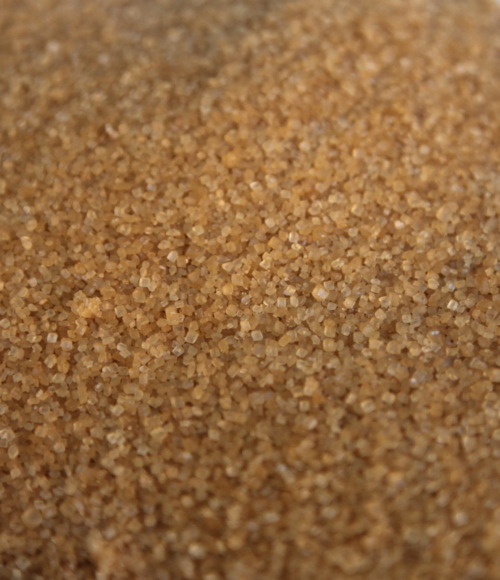If you’re like the majority of Americans, then you probably have a sweet tooth. From boxes of chocolate eaten on Valentine’s Day to high fructose corn syrup present in many foods, the average American consumes his or her weight in sugar every year, literally. On average, each person in this country eats over 150 lbs. of sugar annually. But are all sugars created equal? And how much is too much?
Sugars occur naturally in food, such as fruits (as fructose) and milk (as lactose). Of course, along with sugar, these foods offer important vitamins and minerals, and, in the case of fruit, dietary fiber. The downfall of the American diet, however, is the added sugar found in foods. This sugar contributes about 16% of the total calories in the average diet, most commonly from sodas, energy drinks, desserts, and candy.
The USDA recommends that people eat no more than 10 teaspoons of added sugars a day. 1 teaspoon of sugar is between 4-8 grams depending on how fine the sugar is. It’s best to aim for foods that are low on the glycemic index—which measures the rate that starches and sugars change your blood sugar levels. Foods that are high on the index, like soda, digest quickly and rapidly release sugar into your bloodstream. This spike in blood sugar causes your pancreas to release a flood of insulin, which disperses the sugar. Your blood sugar levels again drop and you’re hungry again. This cycle of peaks and valleys in blood sugar levels can cause you to overeat and gain weight, possibly leading to obesity. Flooding the body with insulin after a sugar coma can also lead to insulin resistance, which is a symptom of pre-diabetes.
Foods that are low on the glycemic index, like fruit, release sugar into the bloodstream slowly because they are steadily digested (in part thanks to good old dietary fiber).
It’s important not to replace these foods in your diet with artificially sugary substitutes because you may be missing out on essential nutrients (like that fiber).
Added sugar can be a hidden menace. It can be listed under various names—sucrose, high fructose syrup, and dextrose—on ingredient labels and the USDA calls it the “number one food additive.” It can commonly be found in breads, lunchmeat, condiments, and prepared foods. It’s key that you read nutrition labels and monitor the amount of sugar you’re eating each day.
People who are gluten intolerant or have celiac disease may be better off than the average American when it comes to eating added sugars. A gluten-free diet requires careful attention to the food and ingredients you eat, which can often lead to healthier eating habits in general. It’s still important to read the labels; high fructose corn syrup and other added sugars could be lurking in many “gluten-free” foods.
By Julia L.


No comments:
Post a Comment